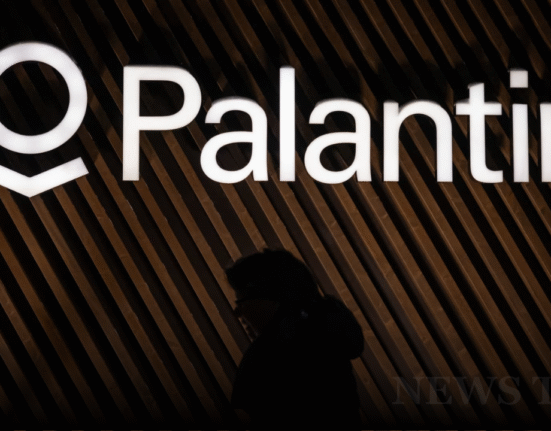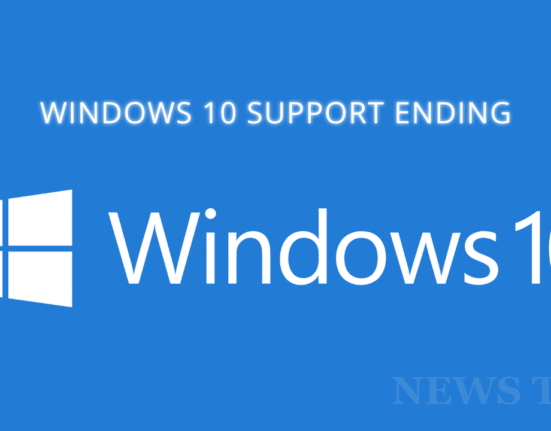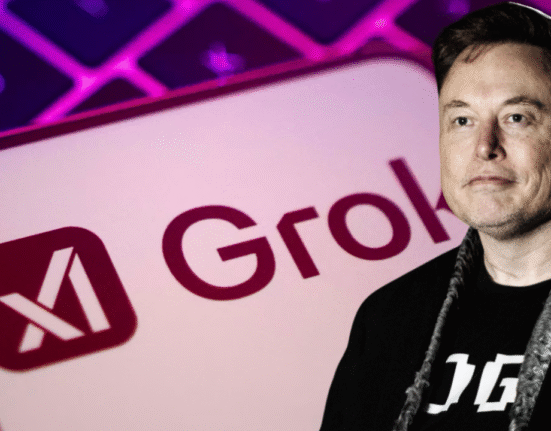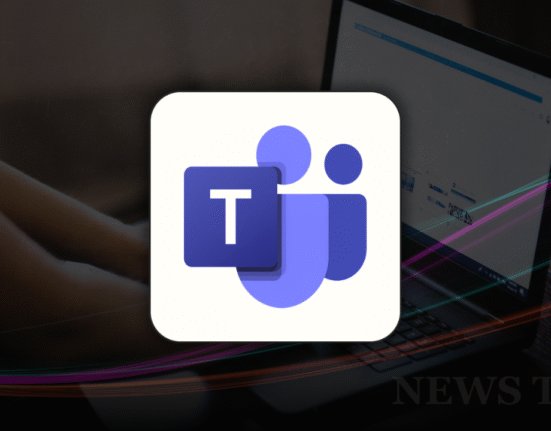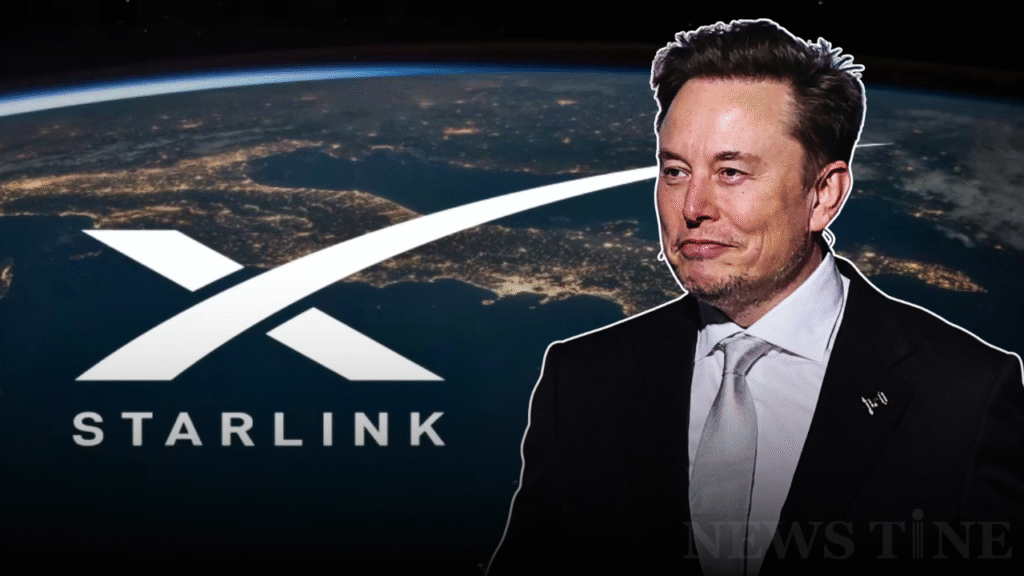
Elon Musk isn’t exactly known for playing small, and his latest move with SpaceX is proof. In a $17 billion spectrum deal with EchoStar, the company is securing valuable licenses that could supercharge its Starlink satellites. The goal? A direct-to-phone service that promises broadband-speed connectivity anywhere on the planet.
It’s the kind of futuristic headline that makes you think, “Wait, will I finally have signal in that one dead zone on the road trip to Grandma’s? But beyond the casual jokes, this is a serious play in the telecom and satellite industries, one that could reshape how we connect to the internet in the coming decade.
What’s Inside the $17B Spectrum Deal?
The agreement between SpaceX and EchoStar includes:
- 50 MHz of spectrum across AWS-4 and H-block bands.
- $8.5 billion in cash + $8.5 billion in SpaceX stock.
- $2 billion in debt interest payments SpaceX will fund for EchoStar through 2027.
- A long-term commercial agreement, giving Boost Mobile (EchoStar’s wireless brand) access to Starlink’s next-gen direct-to-cell service.
This isn’t just about buying spectrum—it’s about buying freedom. With this deal, SpaceX no longer has to rely heavily on other carriers’ licenses to deliver satellite-to-phone services.
Why Spectrum Matters for Starlink’s Direct-to-Phone Service
To understand the significance, let’s break it down simply:
- Spectrum = Internet Real Estate. Without it, you can’t transmit data efficiently.
- Direct-to-phone requires special frequencies. These frequencies let satellites “talk” to everyday smartphones without bulky antennas.
- Optimized 5G protocols. SpaceX says its new satellites will deliver next-gen broadband through direct connections to phones.
As Gwynne Shotwell, COO of SpaceX, put it:
“This will advance our mission to end mobile dead zones around the world.”
Imagine being able to stream, text, and call even in remote deserts, mountains, or in the middle of the ocean. That’s the vision.
EchoStar’s Big Pivot
For EchoStar, this deal marks the end of its own satellite constellation ambitions. The company even canceled a $1.3 billion contract with MDA Space for 100 satellites—just weeks after announcing it.
Instead, EchoStar is offloading spectrum, paying down debt, and leaning on partnerships. Between the $23 billion AT&T deal in August and this $17B sale to SpaceX, EchoStar seems more focused on financial stability than direct competition in space-based connectivity.
The FCC’s Role in Pushing This Deal
This wasn’t entirely voluntary. The FCC launched an inquiry into EchoStar’s underutilized spectrum back in May. Pressure grew after SpaceX publicly encouraged regulators to act, and even President Trump reportedly nudged EchoStar’s CEO, Charlie Ergen, toward selling.
By combining the AT&T and SpaceX transactions, EchoStar expects to resolve the FCC’s scrutiny and close this chapter.
What It Means for Consumers
If you’re wondering how this impacts you, here’s the short version:
- Better coverage everywhere – Starlink’s direct-to-cell aims to eliminate dead zones.
- Boost Mobile customers win – They’ll get access to Starlink’s new service.
- Potential cost savings – With exclusive spectrum, SpaceX won’t have to lease as much capacity from others.
Possible Use Cases
- Emergency communications during natural disasters.
- Internet access for travelers and rural communities.
- Seamless international roaming without switching SIMs.
Looking Ahead
SpaceX is already flying satellites with “Direct to Cell” capabilities, but this deal represents the next phase a global 5G-connected sky. With exclusive spectrum, performance should improve dramatically.
EchoStar, meanwhile, is stepping back from being a competitor to becoming a strategic partner.
The $17 billion SpaceX-EchoStar spectrum deal is more than a corporate shuffle. It’s a milestone in the race to make universal mobile coverage a reality. The next time you complain about “No Service” popping up on your phone, remember—SpaceX is betting billions to make that problem disappear.


